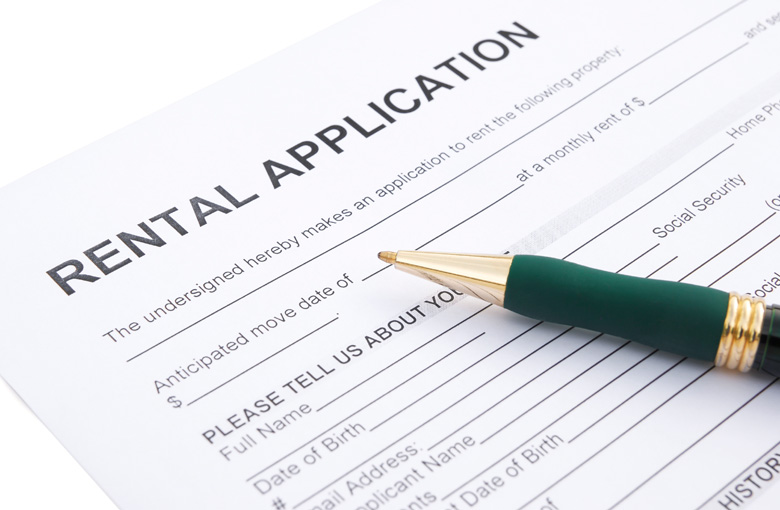
Give thought to renter's application, interview
I have had all manner of tenants in the past, good and bad. With experience, I have developed a successful application process that helps me to find the best possible tenants. When a tenant wants to rent the property after the showing, then it's time for the application.
By Kathryn K. Eaton Clinical Assistant Professor, Marketing
I have had all manner of tenants in the past, good and bad. With experience, I have developed a successful application process that helps me to find the best possible tenants. When a tenant wants to rent the property after the showing, then it's time for the application.
I ask prospective tenants for an application fee so I know that they are serious about renting the property. I don't want to go through all the trouble of processing their application just to have them back out. I tell the applicants that if I choose to rent to them, I will apply the fee to their security deposit, and if I decline to rent to them, I will return the fee. The only way they lose the fee is if they change their minds. The prospective tenants see this policy as fair, and it helps lay the groundwork for a good relationship — tenants really value being treated fairly and transparently.
On the application, I offer the tenants a few choices in terms of move-in. Let's say I want to get $1,500 a month in rent. The options would look something like this:
- Option A: month-to-month lease, $1,750 per month with $1,500 security deposit.
- Option B: One-year lease, $1,500 (first month, last month, and $1,500 security deposit due on move-in).
- Option C: One-year lease, $1,650 (first month and $1,500 security deposit due on move-in, last month's rent is free).
Most tenants choose Option C. I want the tenants to be working toward paying the last month's rent, because too often, tenants will try to apply the security deposit to the last month, which means you'd be out of luck if they trashed the place. If tenants aren't willing to put something toward the last month's rent, that's a red flag.
In addition to their rental choices, I have my tenants provide the following information: name, social security number, contact information, income information, names of any people and/or pets who will be living at the property, and the phone numbers for their previous landlords for the last three years. If the prospective tenant isn't willing to share any of the above information, then that's a red flag.
Lastly, I have the tenant sign a release giving me permission to verify their employment, check their credit, and call their references. This is important, because some places won't talk to you unless you give them a copy of that release.
I have found that tenants usually take a day or two to get the application back to me. Some tenants take an application and never return it. In the meantime, I continue to show the house.
Ideally, I like to get a few applications for the property, so that I can have choices. Additionally, when prospective tenants know that there are multiple applications, they may be willing to sweeten the deal, so to speak. In the past, I have had tenants offer to sign a longer lease in order to make themselves more attractive during the application process. Finally, if you have two equally strong applications, it is nice to have these data points to help you make your decision.
"Getting Started" is an entrepreneurship column by the faculty of the W.P. Carey School of Business at Arizona State University, where Kathryn K. Eaton is a clinical assistant professor of marketing. Her areas of expertise include consumer behavior, product and service design and health care innovation. First published in The Arizona Republic, October 12, 2015.
Latest news
- Artificial intelligence in business master's degree helps Nathan Merriman combine business strategy with technology
Nathan Merriman (MS-AIB '25) had been working in business for a few years when he learned about…
- How the Executive MBA empowered Scott Gates to be a mission-driven leader
Scott Gates (BS Marketing '04, Executive MBA '15) had a very positive experience during his…
- Fall 2025 W. P. Carey Dean's Medalists honored at celebratory luncheon
Top grads from each program recognized for academic excellence and lasting impact on the ASU…